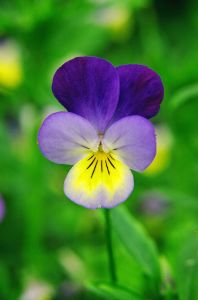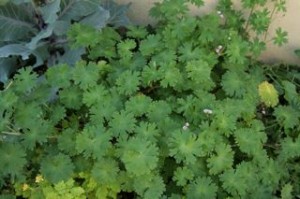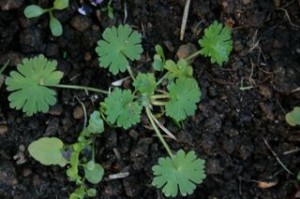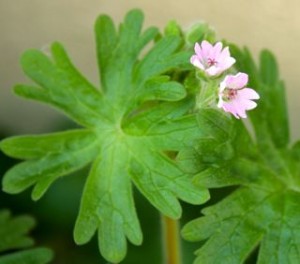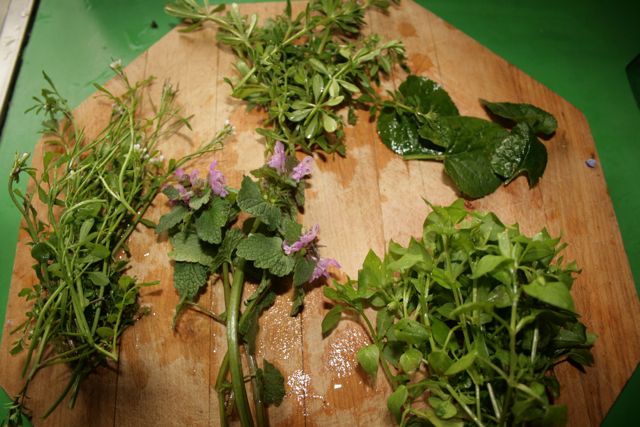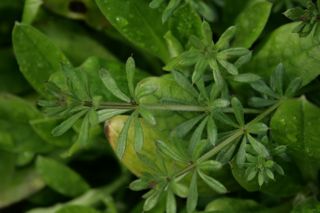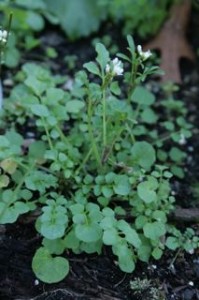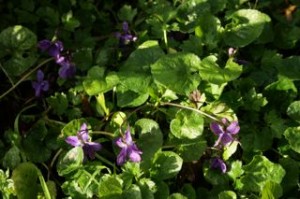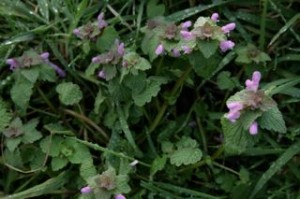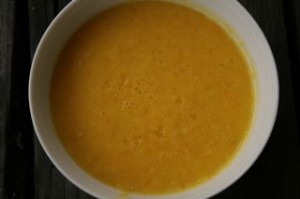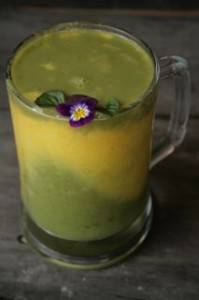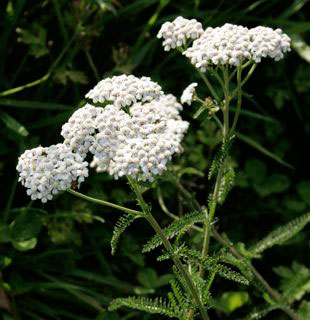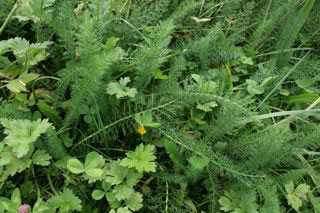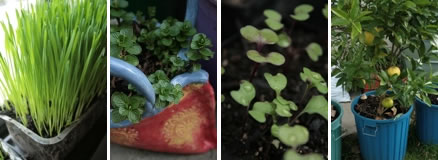Weed Pesto
Play around with this recipe and invent your own version with whatever plants you have most of and love to eat.
5 rosemary sprigs 12cms (approx) long
handful of parsley
big handful of chickweed
handful of NZ spinach
4 large nasturtium leaves
handful thyme sprigs 5cms long
few dandelion leaves
Small puha plant
10 oxeye daisy leaves
8 plantain leaves
5 sage leaves
6 cloves garlic
1 tsp sea salt
1/8 cup cider vinegar
1/2 cup olive oil (start with 1/4 cup and increase if needed)
1 tsp honey or more according to taste
juice of one lemon
1/2 cup walnuts
Method
Strip the leaves off the thyme, rosemary and NZ spinach. Wash any leaves that need it.
Put the whole lot into a high speed blender. You can also make this in a food processor.
Use the tamper to push the mix down and blend until nice and smooth.
Spoon into containers and store in the fridge and/or freezer.
Enjoy!!
